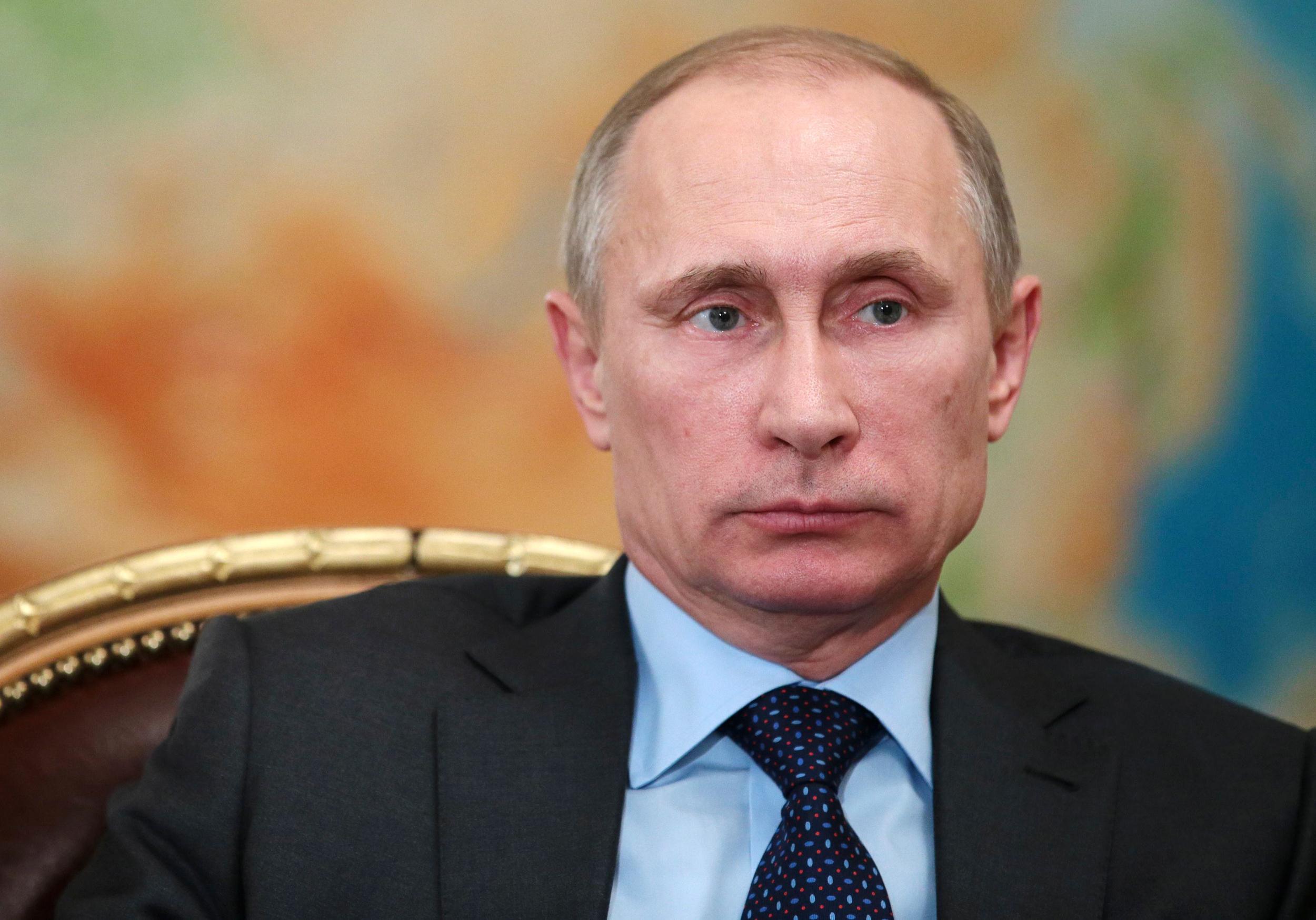We ”know” how evil the Russians and Putin are, yet most Americans know little about this area of the world: a recent poll found only 1 in 6 Americans could locate the Ukraine on a map. Beyond geography, the US, a historical “newcomer”, has often underappreciated the importance of history and related cultural differences.
Russians and Ukrainians, comprising the “Eastern Slavs”, are ethnically related. Were it not for some tragic history, they would have had closer ties today than those afforded by the US/UK “special relationship”. Their history stretches back at least 700 years before the first settlers landed in America when Kiev was the center of power of a nascent Russian state. In the early 15th century, as the center of power shifted north-eastward, Moscow assumed the mantle of power.
After Mongol domination ended in the early 15th century, Russia has had to fend of numerous threats – then powerful Poland/Lithuania union in the 15th and 16th centuries and Sweden in the 17th century, Napoleon and Turkey and the West in the 19th century, and Germany in the 20th century. At its pre-revolutionary peak, the Russian Empire included Finland, the Baltics and the Ukraine.
For centuries, the Ukraine (meaning “borderland” – initially of Poland) was a Russian Empire region known as “Little Russia”, and tensions today have a lot to do with perceived Russian condescension towards their “little brothers” (more like country-bumpkin cousins), and Russian serving as the “lingua franca” in the Ukraine. Ironically, pilots bombing the East speak Russian, as do many of the soldiers fighting there. Actually not that surprising – around 50% of “Ukrainians” speak fluent Russian and still use it in everyday life.

